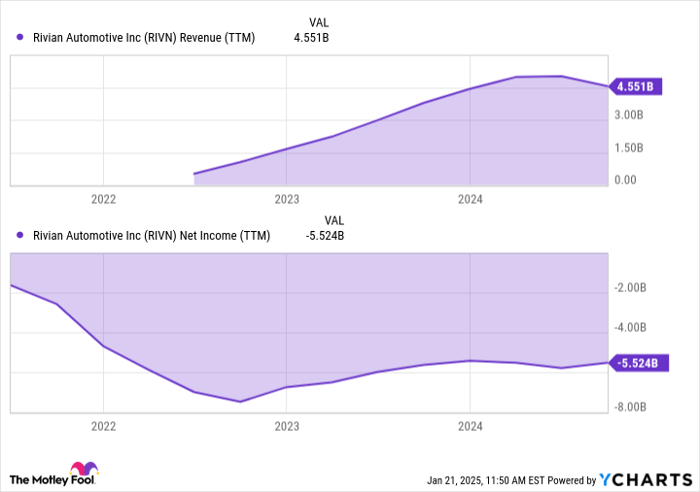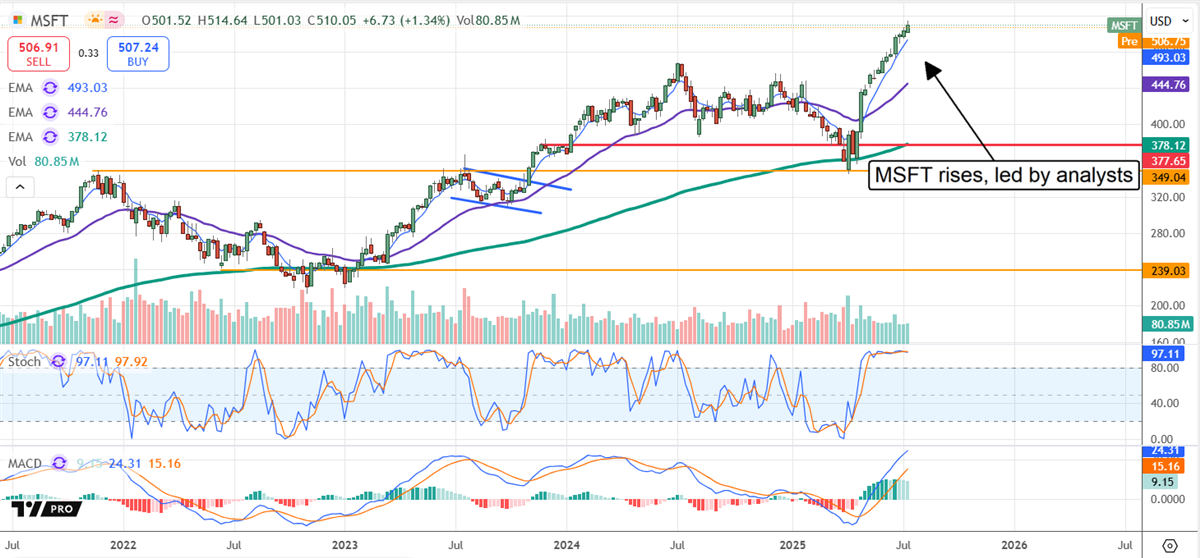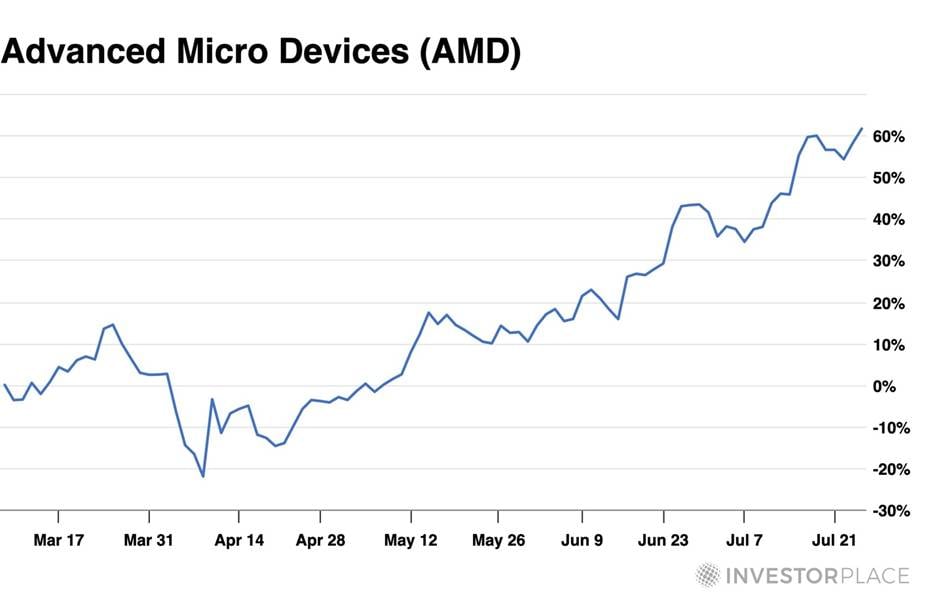Key Developments in Retail Stablecoin Adoption
Leading retailers like Amazon and Walmart are planning to implement stablecoins to enhance profitability and operational efficiency following the recent passage of significant stablecoin legislation in the summer of 2023. This legislation allows nonbanks to issue their own stablecoins, potentially increasing the number of retailers accepting them. With typical credit card processing fees ranging from 2%-3% per transaction, switching to stablecoin payments could result in substantial cost savings for these corporations.
The Wall Street Journal highlighted that retailers aim to use stablecoins in various capacities, including branded loyalty programs and payment options at the point of sale. Blockchain technology promises to improve transaction speeds and streamline operations, potentially resulting in faster refunds and payments throughout the retail supply chain. Currently, Circle Internet Group‘s USDC is one of the most popular stablecoins, boasting a market cap of approximately $65 billion, making it an attractive option for integration into retail operations.
Investments are also being directed towards tech firms and financial institutions involved in stablecoin issuance, suggesting that retailers may prefer to partner with existing stablecoin issuers rather than develop their own. This shift may impact investor strategies, as the focus could shift from investing in traditional retail stocks to technology companies facilitating these new payment methods.









